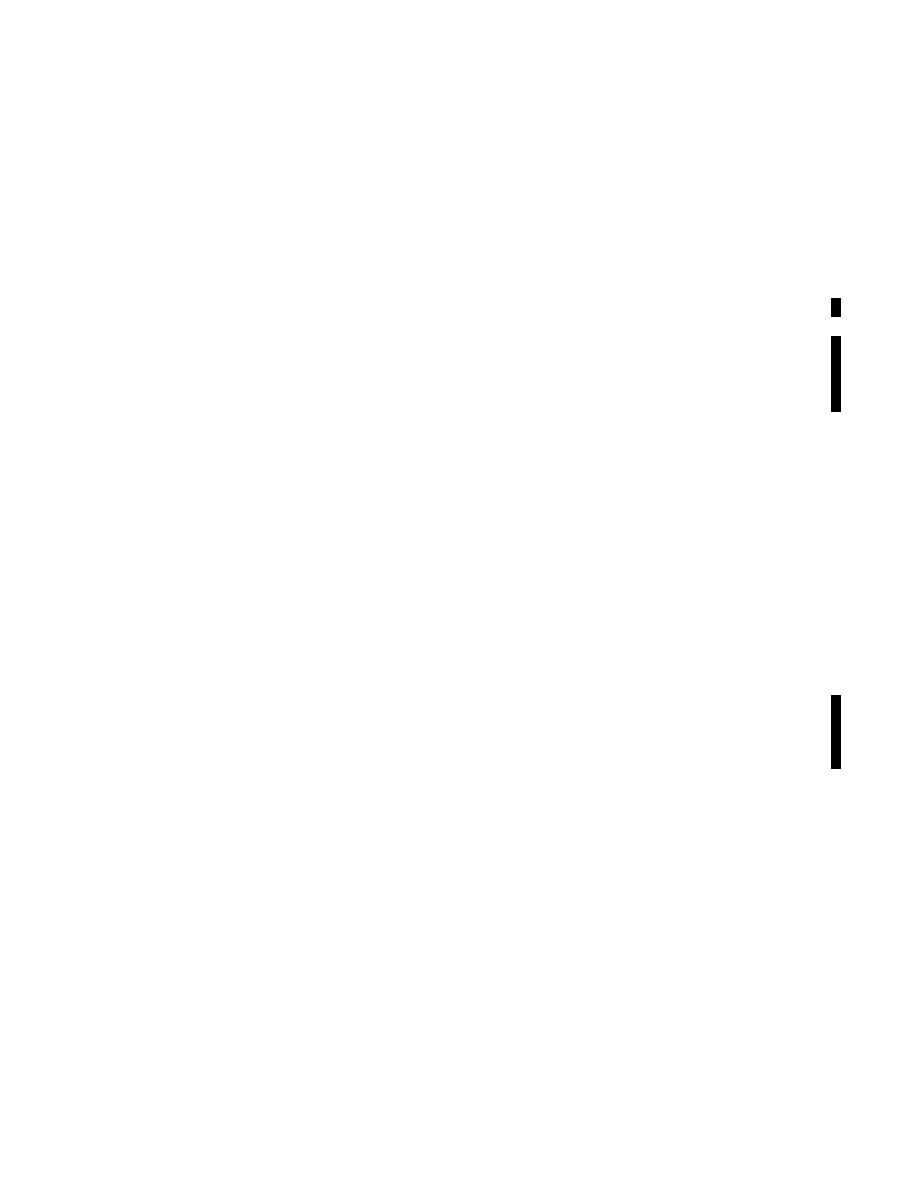
4/20/23
AIM
(a)
These routes are depicted on Enroute High Altitude Charts. Jet routes are depicted in black on
aeronautical charts and are identified by a “J” (Jet) followed by the airway number (e.g., J12). Jet routes, as VOR
airways, are predicated solely on VOR or VORTAC navigation facilities (except in Alaska).
NOTE
−
Segments of jet routes in Alaska are based on L/MF navigation aids and are charted in brown color instead of black on en
route charts.
(b)
With respect to position reporting, reporting points are designated for jet route systems. Flights using
jet routes will report over these points unless otherwise advised by ATC.
3. Area Navigation (RNAV) Routes.
(a)
Published RNAV routes, including Q
−
routes, T
−
routes, and Y
−
routes, can be flight planned for use
by aircraft with RNAV capability, subject to any limitations or requirements noted on en route charts, in
applicable Advisory Circulars, NOTAMs, etc. RNAV routes are normally depicted in blue on aeronautical charts
and are identified by the letter “Q,” “T,” or “Y” followed by the airway number (for example, Q13, T205, and
Y280). Published RNAV routes are RNAV 2 except when specifically charted as RNAV 1. Unless otherwise
specified, these routes require system performance currently met by GPS, GPS/WAAS, or DME/DME/IRU
RNAV systems that satisfy the criteria discussed in AC 90
−
100A, U.S. Terminal and En Route Area Navigation
(RNAV) Operations.
(1)
Q
−
routes are available for use by RNAV equipped aircraft between 18,000 feet MSL and FL 450
inclusive. Q
−
routes are depicted on Enroute High Altitude Charts.
NOTE
−
Aircraft in Alaska may only operate on GNSS Q-routes with GPS (TSO-C129 (as revised) or TSO-C196 (as revised))
equipment while the aircraft remains in Air Traffic Control (ATC) radar surveillance or with GPS/WAAS which does not
require ATC radar surveillance.
(2)
T
−
routes are available for use by GPS or GPS/WAAS equipped aircraft from 1,200 feet above the
surface (or in some instances higher) up to but not including 18,000 feet MSL. T
−
routes are depicted on Enroute
Low Altitude Charts.
NOTE
−
Aircraft in Alaska may only operate on GNSS T-routes with GPS/WAAS (TSO-C145 (as revised) or TSO-C146 (as revised))
equipment.
(3)
Y
−
routes generally run in U.S. offshore airspace, however operators can find some Y
−
routes over
southern Florida. Pilots must use GPS for navigation and meet RNAV 2 performance requirements for all flights
on Y
−
routes. Operators can find additional Y
−
route requirements in the U.S. Aeronautical Information
Publication (AIP), ENR 7.10, available on the FAA website.
(b)
Unpublished RNAV routes are direct routes, based on area navigation capability, between waypoints
defined in terms of latitude/longitude coordinates, degree
−
distance fixes, or offsets from established
routes/airways at a specified distance and direction. Radar monitoring by ATC is required on all unpublished
RNAV routes, except for GNSS
−
equipped aircraft cleared via filed published waypoints recallable from the
aircraft’s navigation database.
(c)
Magnetic Reference Bearing (MRB) is the published bearing between two waypoints on an
RNAV/GPS/GNSS route. The MRB is calculated by applying magnetic variation at the waypoint to the
calculated true course between two waypoints. The MRB enhances situational awareness by indicating a
reference bearing (no
−
wind heading) that a pilot should see on the compass/HSI/RMI, etc., when turning prior
to/over a waypoint en route to another waypoint. Pilots should use this bearing as a reference only, because their
RNAV/GPS/GNSS navigation system will fly the true course between the waypoints.
b.
Operation above FL 450 may be conducted on a point-to-point basis. Navigational guidance is provided
on an area basis utilizing those facilities depicted on the enroute high altitude charts.
c. Radar Vectors.
Controllers may vector aircraft within controlled airspace for separation purposes, noise
abatement considerations, when an operational advantage will be realized by the pilot or the controller, or when
En Route Procedures
5
−
3
−
17